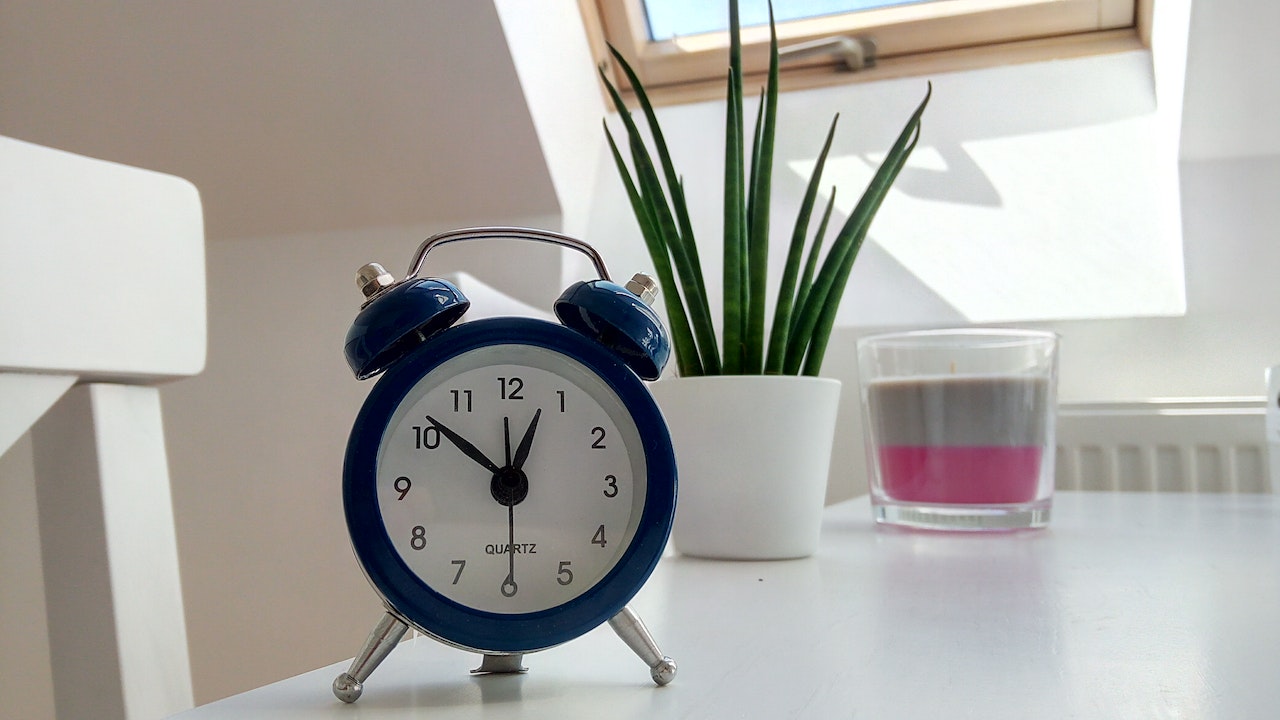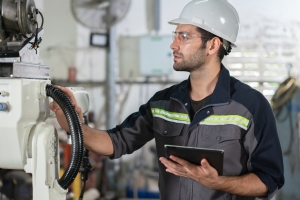How to Boost Productivity: Tips for Minimizing Distractions and Interruptions?

Distractions and interruptions are common in today’s fast-paced work environment, and they can have a significant impact on our productivity and efficiency. To minimize the impact of distractions and interruptions, it is important to adopt strategies that help us stay focused and on task.
In this article, we will discuss seven effective strategies for minimizing distractions and interruptions in the workplace.
Understand the Impact of Distractions and Interruptions
The first step in minimizing distractions and interruptions is to understand how they impact our productivity and efficiency. Studies have shown that it takes an average of 23 minutes and 15 seconds to regain focus after being distracted. This means that even a brief interruption can have a significant impact on our ability to complete tasks efficiently. By understanding the impact of distractions and interruptions, we can be more motivated to take steps to minimize them.
Create a Distraction-Free Workspace
One of the most effective ways to minimize distractions and interruptions is to create a distraction-free workspace. This means removing any unnecessary items from your workspace, such as personal items or papers that are not related to the task at hand. It also means minimizing noise and other distractions in your environment, such as closing your office door or wearing noise-canceling headphones.
Use Technology to Your Advantage
Technology can be a significant source of distractions and interruptions, but it can also be used to minimize them. For example, there are many apps and software programs available that can block distracting websites or limit the amount of time spent on them. There are also tools that can help you automate repetitive tasks, such as email filters or task management apps.
Set Boundaries with Co-Workers and Family Members
Distractions and interruptions can also come from co-workers or family members. To minimize these distractions, it is important to set boundaries and communicate your needs clearly. For example, you might ask your co-workers to avoid interrupting you during certain times of the day, or ask your family members to refrain from contacting you during work hours unless it is an emergency.
Schedule Breaks and Allow for Flexibility
Taking regular breaks can actually improve productivity by helping you maintain focus and avoid burnout. By scheduling breaks and allowing for flexibility in your work schedule, you can also minimize distractions and interruptions. For example, you might schedule a break every two hours to stretch, walk around, or take a few minutes to meditate.
Adopt Time-Management Techniques
Effective time management techniques can also help minimize distractions and interruptions. This includes techniques such as time-blocking, prioritizing tasks, and delegating tasks to others. By managing your time effectively, you can ensure that you are focusing on the most important tasks and minimizing distractions and interruptions.
Practice Mindfulness and Meditation
Finally, practicing mindfulness and meditation can be an effective way to minimize distractions and interruptions. Mindfulness involves being present and fully engaged in the moment, which can help you stay focused and avoid distractions. Meditation can also help you develop a greater sense of calm and focus, which can help you be more productive and efficient.
In conclusion, distractions and interruptions can have a significant impact on our productivity and efficiency. By understanding the impact of distractions and interruptions and adopting strategies to minimize them, we can improve our ability to focus and complete tasks efficiently.
The strategies discussed in this article, including creating a distraction-free workspace, using technology to our advantage, setting boundaries, scheduling breaks, adopting time-management techniques, and practicing mindfulness and meditation, can all be effective ways to minimize distractions and interruptions and improve productivity in the workplace.





